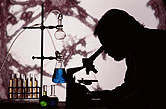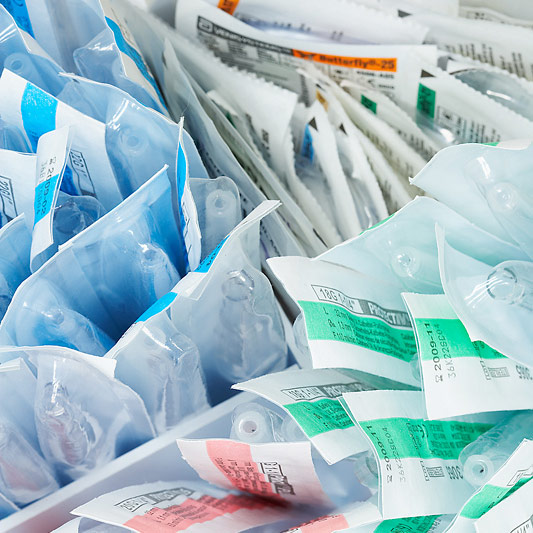
FRIDAY, March 16 (HealthDay News) — One man’s example hints at a future where doctors use genomics to spot and treat diseases before the patient actually gets sick.
Researchers analyzed the personal genome sequence of the study’s lead researcher, Michael Snyder, and then used it to determine his risks for disease. The team then looked at Snyder’s genetic markers — fragments of DNA — and found that he was at increased risk for a form of skin cancer, high triglycerides (fat in the blood) and type 2 diabetes.
More specifically, the study found his normal blood sugar levels rose right after he was infected with RSV, a virus that often leads to respiratory illnesses such as bronchitis.
Snyder’s spike in blood sugar was similar to spikes associated with the onset of type 2 diabetes. Through significant dietary and lifestyle changes, however, Snyder’s blood sugar levels dropped.
“By following markers for the disease as the person [me] came down with it, it was caught early and managed,” Snyder, chairman of the department of genetics at Stanford University in Stanford, Calif., said in a news release. “In the future, this could become a critical part of health care, where people have their genome sequenced and the information is used to monitor and manage their health.”
The study appears March 16 in a special issue of Cell.
Researchers call this combination of personal genome sequencing, analysis of disease risk and extended follow-up of DNA markers “integrative Personal Omics Profiling,” or iPOP.
“Instead of following just a few tests, this study is the first to follow tens of thousands of components over a long period of time — now two years,” Snyder said in the news release. “This allowed the following of health and disease states at an unprecedented level.”
More information
The U.S. Centers for Disease Control and Prevention provides more information on genomics and health.

